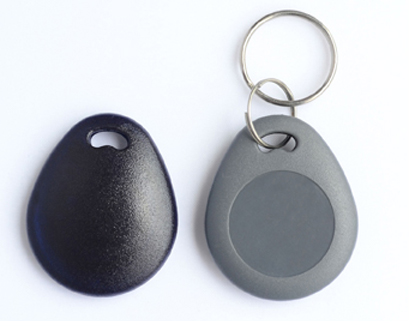


The technology uses radio waves to identify and track the location of items or objects. RFID (Radio-Frequency Identification) tracking is a technology used for asset, railcar, and railroad tracking, as well as other applications.
#Gps rfid tags install
Tracking devices cannot be covered and must have exposure to the sky limiting install locations. – Reliance on Satellite: GPS tracking relies on satellite signals, which means it may not be suitable for areas with weak reception or interference. – Expensive Upfront Investment: In order to get started with GPS tracking, there is often a higher upfront cost. However, there are a few drawbacks to using GPS over RFID, including: + Long Term Cost Savings: GPS tracking can provide long cost savings when compared to traditional RFID solutions, due to the reduced need for replacement, maintenance and infrastructure investments. + Near Real-Time Monitoring: GPS tracking allows near real-time monitoring of railcars, providing a more comprehensive view of the entire railroad system. + Long-Term Reliability: GPS tracking provides long-term reliability, meaning that railroad operators won’t have to worry about the technology losing accuracy over time. + High Accuracy: GPS tracking offers a much higher level of accuracy than RFID, allowing railroad operations to track the exact location of their railcars at any given time. When it comes to railroad tracking, there are a few key advantages to using GPS tracking. GPS tracking is a popular solution for many railroad tracking applications, from tracking assets to monitoring railcar safety and logistics. RFID tags can be attached to cargo to ensure that items reach their destination without any issues while storing additional information such as date of manufacture and expiration dates which can be helpful in assessing product quality.

This allows logistics managers to quickly identify assets as they pass by certain checkpoints, enabling them to better understand their operations. RFID technology uses radio waves to identify and monitor assets. GPS tracking also provides valuable insights regarding speed, route optimization, and fuel efficiency, allowing railroad companies to reduce their operating costs. By having detailed insight into the location of trains and railcars, logistics managers can quickly respond to any changes or issues that may arise. GPS tracking utilizes global positioning satellites and trackers to track the real-time location of an asset. To meet these needs, GPS tracking and RFID technologies have emerged as the two primary solutions for railroad tracking. Asset tracking enables near real-time data regarding railcars, freight, and personnel to be collected and shared with decision makers. It helps in the optimization of railroad logistics and is essential for ensuring railroad safety. Railroad tracking is a crucial component of efficient and safe railway operations. Both have their advantages, but which one is the best for your needs? In this blog post, we will explore the differences between GPS Tracking and RFID and explain the benefits of each in order to help you determine which is the best choice for your railroad tracking needs. When it comes to railroad tracking, there are two main options: GPS Tracking and RFID.


 0 kommentar(er)
0 kommentar(er)
